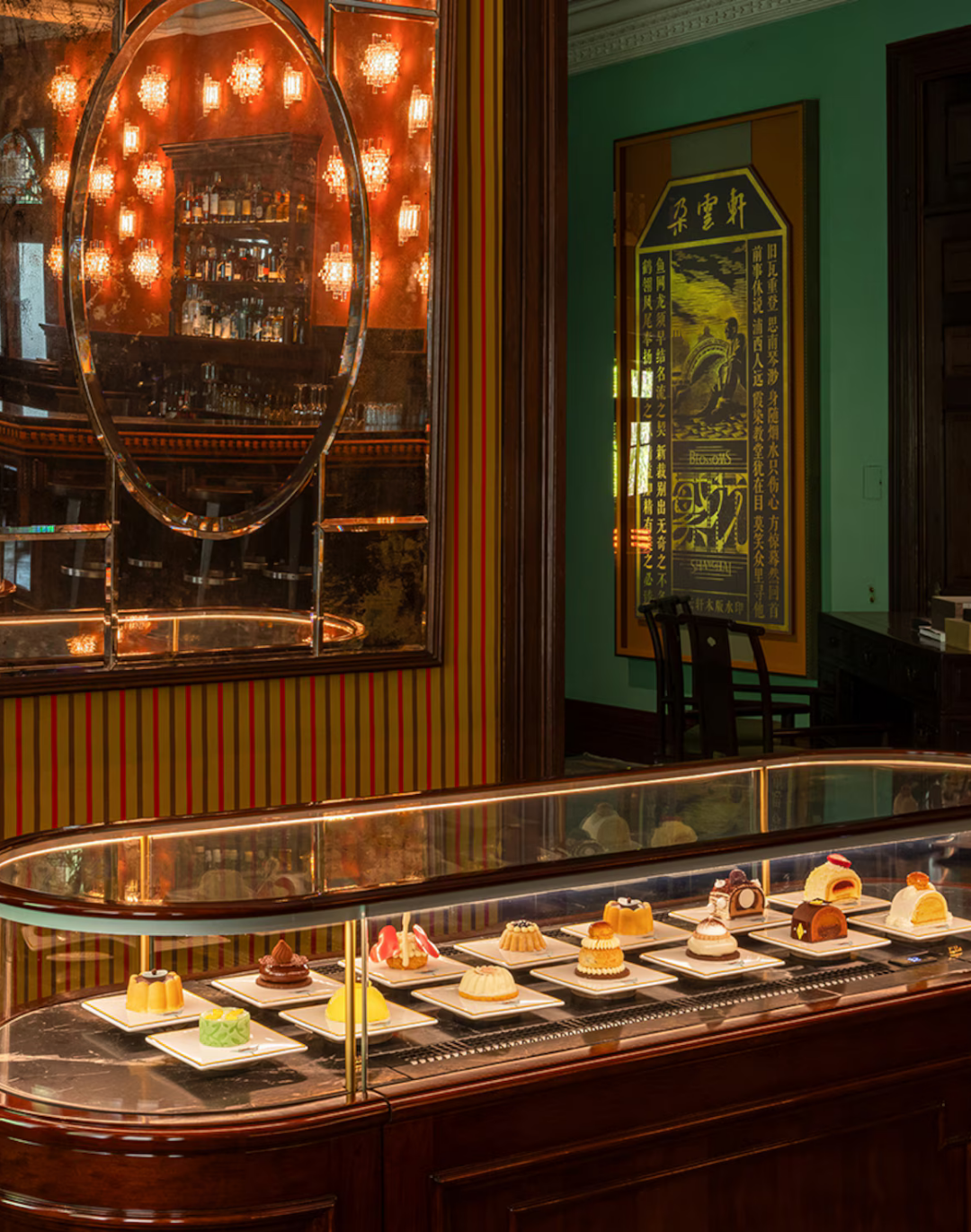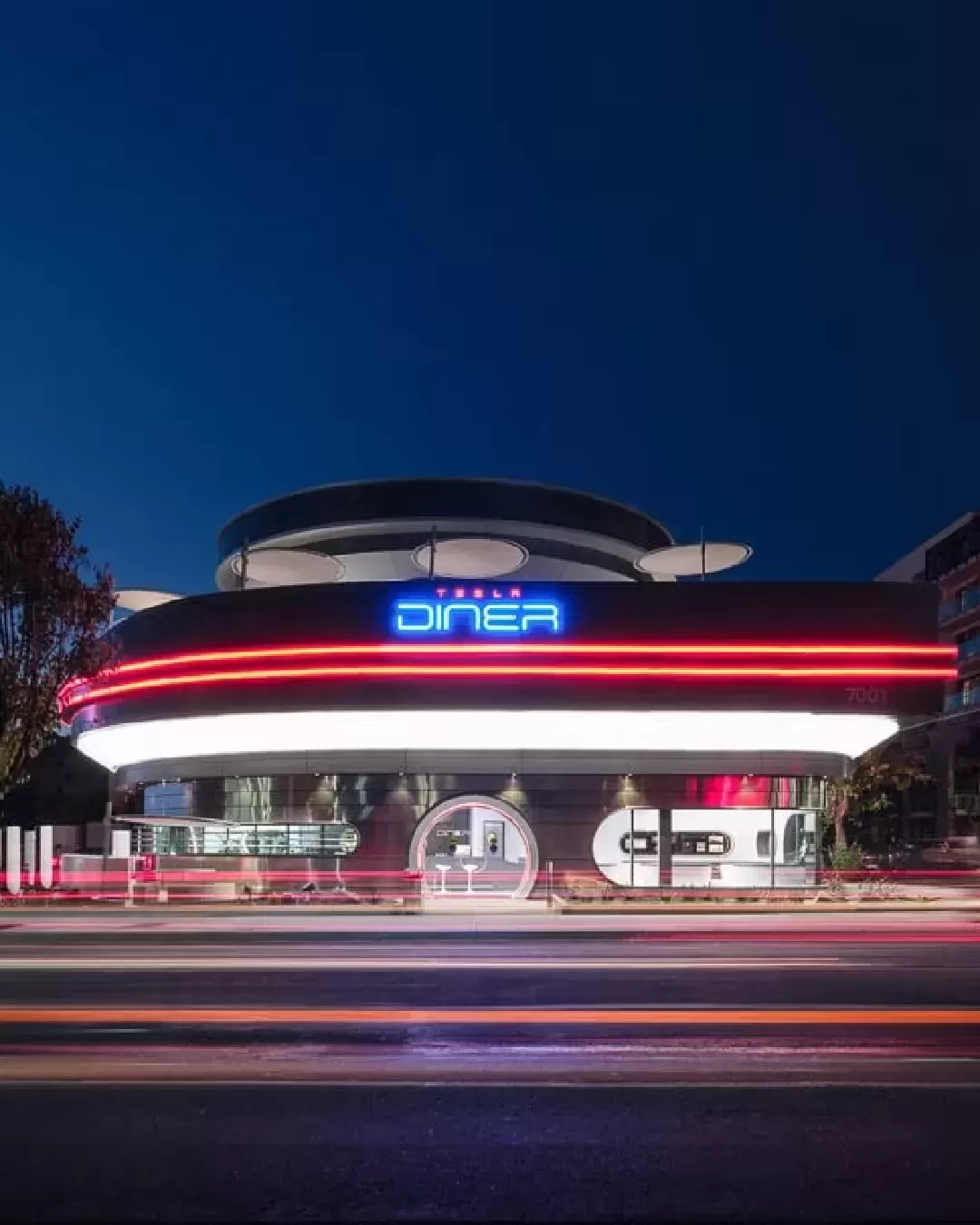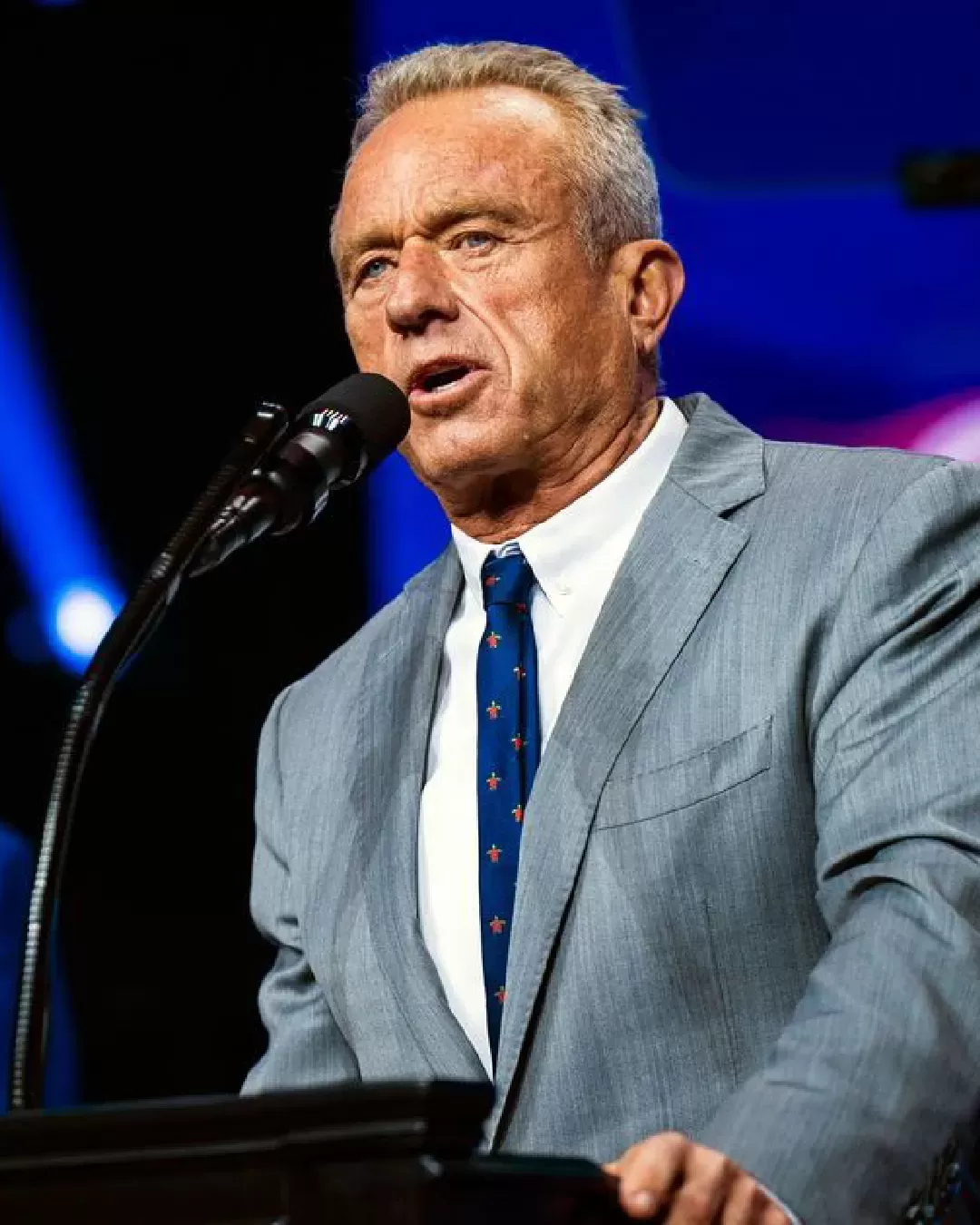
Did you ever try the real Native American cuisine? A Sioux chef is working hard to keep up the tradition and he's doing a great job at it
From the second half of the 19th century, the Indigenous peoples of the United States were progressively removed from their lands, confined to reservations and forced to adapt to the language and religion imported to America by Europeans, thus having to sacrifice their own culture. The consequences of these impositions also impacted centuries-old culinary traditions of the Indigenous peoples, which were almost completely wiped out. For some years now, however, the typical cuisine of the Indigenous peoples of the United States is being rediscovered in a broader process of relocation. Leading the way in this trend is the Indigenous chef Sean Sherman, who in his restaurant is trying to promote and publicise the ingredients and methods used in Indigenous peoples' recipes.
The cuisine of Sherman - who is a member of the Oglala Lakota tribe and grew up on the Pine Ridge reservation in South Dakota - is based solely on dishes prepared without ingredients imported by European settlers, such as brown sugar, wheat flour and beef, pork or chicken. Sherman has made it clear that he does not want to cook «as if it were 1491» (i.e. the year before the discovery of America), but to utilise Indigenous and locally produced ingredients to arrive at contemporary dishes that convey Indigenous culinary culture to a wider audience. Among the ingredients used by Sherman are, for example, corn, beans and cucurbit squash, as well as bison or elk meat, salmon or native oysters. And again: wild fruits, sunflowers, herbs and various types of seeds. In short, it is an idea of cuisine far removed from that which one would traditionally associate with the United States, made up of, among other things, smash burgers, hot dogs and apple-pie. For example, a dish that one can try at Sherman's restaurant Owani in Minneapolis is bison meat stew, with pumpkin, beans, boiled corn grits and caramelised onions. Another bison meat dish is served with mashed potatoes, roasted tomato sauce and grilled dandelion.
It’s so ridiculous that Native American cuisine has been erased.
— Lucas Brown Eyes (@LucasBrownEyes) October 22, 2022
Because think of all your favorite dishes. Do they contain tomatoes, potatoes, or corn? Because guess what? Those dishes wouldn’t exist without Indigenous agriculture cultivating those foods.
Today, there are more than 550 federally recognised Native American tribes and 325 reservations in the United States. According to the latest government census, in the United States in 2021, about 8.75 million people - or about 2.6 per cent of the population - identified themselves as Native American or Alaska Native, or descended from at least one parent of Indigenous peoples. The culinary movement of which Sherman is a member is called 'New Native American Cuisine', and aims to revitalise the food culture of Indigenous peoples by adapting it to the contemporary world. The goal is to 'decolonise' US cuisine by reviving many of the culinary practices of Native American peoples that were abandoned due to the discriminatory policies of the past. However, there is still a long way to go, especially if one considers that today two-thirds of Native Americans continue to receive food through the so-called Food Distribution Program on Indian Reservations (FDPIR), a plan of the Department of Agriculture that since 1977 has been providing food to people who have economic difficulties and live on Indian reservations - which are among the poorest communities in the United States.
@notoriouscree Yes many of the foods you eat today were originally cultivated by natives many moons ago. #greenscreen #food Electric Pow Wow Drum - The Halluci Nation
Although the quality of the food provided has gradually improved, Sherman recalls that in the reserve where he grew up - one of the largest in the country - he was used to eating cereals and canned meat, powdered milk and other industrial products with a high fat and sugar content that have also been linked to the increase in obesity on the reservations. The typical dishes of Sherman's tribe, including taniga, a kind of tripe, were instead only prepared during traditional gatherings of North American natives or on a few special occasions. When Sherman started cooking, he soon realised that he knew a lot about Italian or French cuisine, but knew little or nothing about the recipes of his tribe. It was this that prompted him to delve deeper and study traditional Indigenous cuisine as he travelled around the United States, eventually opening his own restaurant in 2021, and writing a book about it. Sherman's story is similar to that of other US Indigenous chefs who are increasingly popular and in demand. «It took us Native Americans a really long time to deal with the trauma that we found ourselves going through, but now we're in a period of reconciliation and reacquaintance,» he said in an interview with NPR. «Today, though, there's a whole generation of very competent Indigenous people who are really working to rebuild Indigenous culture, and food is a really good place to start.»














































